Get to Know the Best Types of Pears for Snacking, Baking, and Poaching
Pick the perfect pear for your next pie, cheese board, or over-the-sink snack.
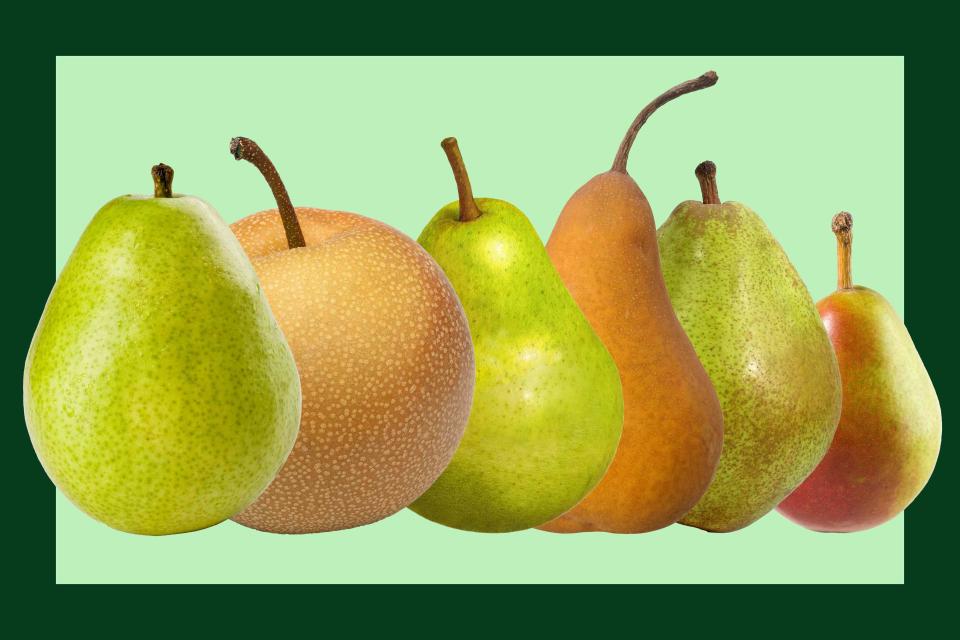
Food & Wine / Getty Images
There are thousands of varieties of pears across the globe, but only a handful appear regularly on our grocers’ shelves. But which pear should you pick for which purpose? Varieties like Comice will soften into lush fruits that dribble juice down your arm while you’re eating them. Pears like Anjou and Bosc, on the other hand, will maintain their structure beautifully for baking or poaching. Bartlett pears, ever versatile, can work for either snacking or baking depending on their ripeness.
Related: It’s Pear Season — Here’s How to Store the Fruit So It’s Perfectly Ripe
Here are the most common types of pears you’ll find at grocery stores and farmers markets — and how to enjoy them all season long.
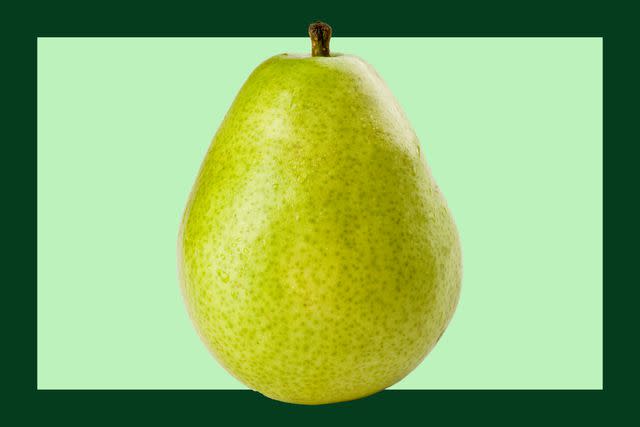
Food & Wine / Getty Images
Anjou pears
Slightly rounder than Barlett pears, Anjou pears come in green or red varieties and don’t change color when fully ripe. Thought to have originated in Belgium or France, these pears have a delicate floral aroma and light sweetness. Even when ripe, they feel firmer and taste a bit tangier than a Bartlett pear; they work well as a crunchy addition to a salad. They also hold up to baking in recipes like a Flaky Pear Pie or to poaching in wine, spices, and or/fruit juices.
Related: Poached Pears in Muscat

Asian pears
Spherical, russeted Pyrus pyrifolia (often called Asian, Korean, or Japanese pears) were first cultivated around 3,000 years ago in China and Japan; immigrants brought them to the U.S. where they are now commonly grown in the Pacific Northwest and California.
These orbs are juicy, sweet, and crisp like apples but have a delicately sweet, floral, almost spicy quality. When ripe, they should be fragrant and maintain their firmness. They’re great for eating out of hand, adding to a cheese platter, slicing for a salad, chopping up to sweeten kimchi, or for steaming or baking whole. Try using them in this Steamed Pears with Sticky Rice recipe or alongside Bosc pears in a Pear Crumble.

Bartlett pears
First cultivated in England, Barlett pears are known for their sweet, juicy, tender flesh, which turns from green to yellow when ripe. (Though they’re less common, you might also find red Barlett pears, which have a gorgeous rosy hue.)
Perfectly ripe Bartlett pears will have a slight softness when gently pressed. Eat these ripe Barletts out of hand, or slice them for a cheese platter. Use firm, just-ripe Barletts for baking in recipes like a Pear Tarte Tatin with Red Wine Caramel to retain a bit more tang and ensure they hold their shape. Barletts lose their shape more quickly than Bosc or Anjou varieties when baking — be careful that they don’t turn into mush.
Related: Carrot, Pear, and Poblano Hot Sauce
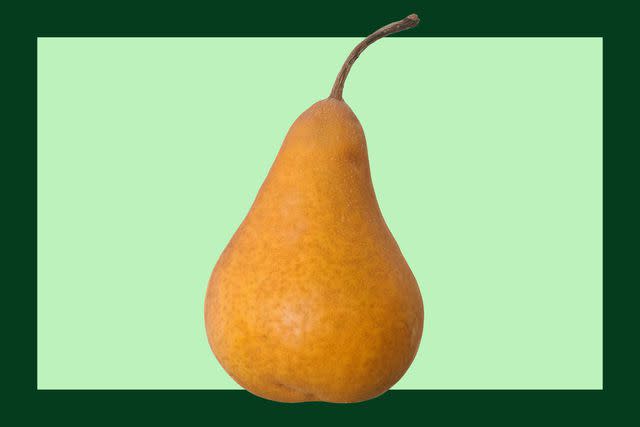
Bosc pears
Bosc pears have a distinctive elongated neck and brown, russeted skin. These pears remain firm when ripe and boast a sweet, slightly spicy flavor. Like Anjou varieties, they are great at taking on the flavor of a poaching liquid. Take advantage of a deeper, spicy poaching liquid by using them for Poached Pears in Red Wine.
Bosc pears are also ideal for baking, as their flavor intensifies when roasted or baked in a galette or fruit crumble. While they can stand up to a bit more spice than Anjou, don’t go overboard. (Even the most robust pear won’t support the same amount of spice as your average apple.)
Related: 11 of Our Best Pear Dessert Recipes
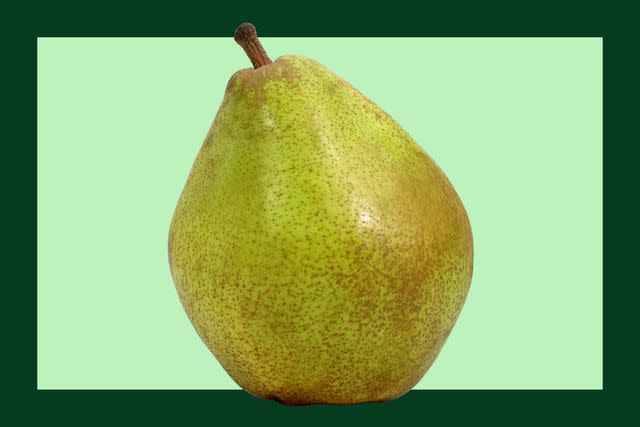
Comice pears
First cultivated in France, these stalwarts of holiday gift baskets have a rich, buttery, complex sweetness and lush texture. Ripe yellow-green Comice pears will just yield to the touch when at their ripest. If you’re lucky enough to find these ripe specimens, gobble them up quickly since they have a comparatively short shelf life. They are best enjoyed at their most simple, as a juicy snack. Eat them out of hand over the sink or slice them and serve with cheese, nuts, and cured meat.
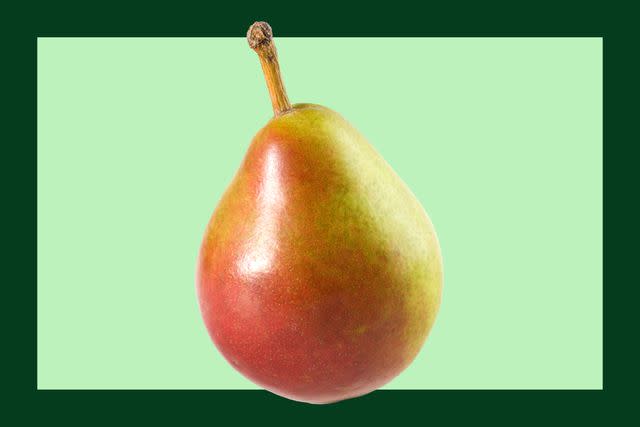
Seckel pears
Adorable, tiny Seckel pears, thought to have originated in Pennsylvania, are mostly green with a rosy blush. These pears are intensely sweet and rich — and delicious when enjoyed fresh. Their thick skin and somewhat firm texture make them ideal little gems for peeling, poaching, and serving whole. Their small size also makes them great candidates for canning or pickling.
Tips for baking with pears
Pears bake similarly to apples, so you can swap them out in many recipes where you use apples, like pies, crumbles, and galettes. Because of their lower acidity, I add a bit more lemon juice to the recipe to balance the sugar in a pear pie or crumble filling. Because pears also have a more delicate flavor than apples, be careful not to overwhelm them with overly pungent spices.
For more Food & Wine news, make sure to sign up for our newsletter!
Read the original article on Food & Wine.

 Yahoo Lifestyle
Yahoo Lifestyle 
